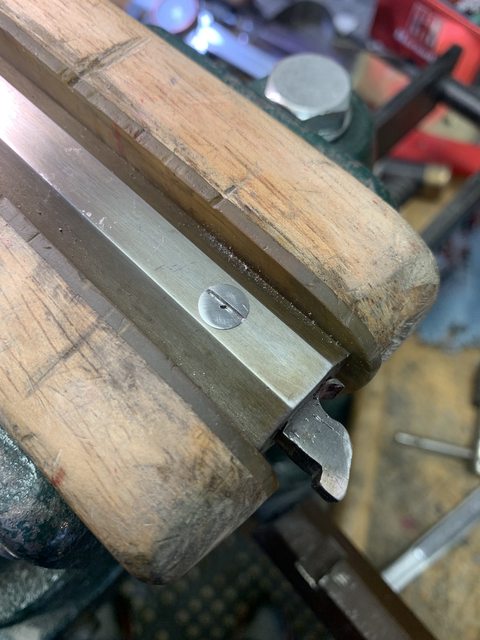I was in the teflon tape/loctite camp until the pictures.
Those are pretty rough looking.
Drill and tap to the next size vent.
Good chance to install a genuine Chambers white lightnin liner. They work!
Those are pretty rough looking.
Drill and tap to the next size vent.
Good chance to install a genuine Chambers white lightnin liner. They work!






